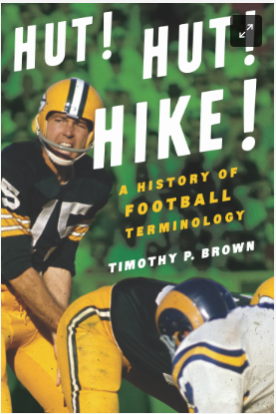Ray Bourque Hockey HOF Scoring Defenseman
Bourque's offensive prowess redefined the role of a defenseman. His graceful skating, laser-like slapshot, and pinpoint passes rivaled many forwards. He held the NHL record for most points by a defenseman for years, scoring 410 goals and 1,169 assists, a testament to his offensive dynamism.
But Bourque was more than just points. He was a defensive stalwart, reading plays like a chess master and clearing pucks with the efficiency of a snowplow. His 1,570 games played stood as a testament to his durability and commitment.
Despite individual brilliance, the Stanley Cup remained elusive for Bourque. The Boston faithful yearned to see their captain hoist the coveted trophy, a dream that grew heavier with each passing playoff.
Finally, in 2000, fate intervened. Traded to the Colorado Avalanche, Bourque found himself on a championship-caliber team. In his final NHL game, at 40, he lifted the Stanley Cup, tears streaming down his face as a city's dream finally came true.
Bourque's legacy extends beyond trophies. He embodied sportsmanship and grace, winning the King Clancy Trophy for leadership and humanitarianism.
The Goalie with 1000 Stitches
His early career was a whirlwind of brilliance and misfortune. He won the Calder Trophy at 21, but also endured facial reconstruction after a skate blade sliced his cheek. This set the stage for a career marked by both dominance and tragedy.
He won four Vezina Trophies, backstopped four Stanley Cup championships, and faced over 37,000 shots, earning him the nickname "The Count." But the price of excellence was high. He played with blurry vision from a detached retina, suffered mental health struggles, and endured an accidental stick to the eye that nearly ended his career.
Yet, Sawchuk rose each time, his passion for the game burning brighter than any pain. He pioneered mask technology, forever changing the goalie landscape. His final years were bittersweet, marked by injuries and declining play, but his contributions to the game remained undisputed.
Terry Sawchuk died tragically in 1970, leaving behind a legacy that transcends statistics. He was a warrior, a pioneer, a flawed hero who wore his scars with pride. He redefined toughness, not just on the ice, but in the face of adversity. His story is a testament to the enduring power of the human spirit, forever etched in the annals of hockey history.
Turk Broda
The Canadian Skater Who Left a Golden Mark on Hockey History
Early Days and Boston Beginnings:
Born in Kitchener, Ontario, in 1916, Dumart's talent blossomed early. He joined the Boston Bruins in 1935, forming a legendary line with Milt Schmidt and Art Jackson, dubbed the "Kraut Line" after their German-Canadian heritage. This potent trio terrorized defenses, leading the Bruins to two Stanley Cup victories in 1939 and 1941.
A Scoring Machine and Unconventional Style:
Known for his powerful slapshot and knack for finding the net, Dumart amassed 211 goals and 218 assists in 774 games across 16 seasons. While his aggressive, slashing style drew controversy, his effectiveness was undeniable. He finished as the NHL's leading scorer five times, a testament to his offensive prowess.
Bob Groom
Grooms had a successful rookie season, going 10-7 with a 3.06 ERA. He remained with the Senators for the next four seasons, and he was one of the team's best pitchers. In 1912, he won 24 games, which was the most wins by a Senator pitcher since 1901.
In 1914, Grooms was traded to the St. Louis Terriers of the Federal League. He played for the Terriers for two seasons, and he was one of the league's best pitchers. In 1915, he led the league with 27 wins.
In 1916, Grooms was traded back to the American League, where he played for the St. Louis Browns. He remained with the Browns for two seasons, and he was a reliable starter. The pitcher finished his major league career with a record of 119-150 and a 3.10 ERA. He also pitched in 208 games, and he had 1,159 strikeouts.
Stan Coveleski
Ben Taylor
Lou Boudreau
Pie Traynor
How does one get a nickname like "Pie." For Traynor, it was because, as a child, every time he entered the local grocer with his mother, the youngster would ask for a piece of pie.





.jpg?https://jerseydispatch.com/pfeL/p/c312642c0431e75b485e432232c99c1c/website/Sports-History-Photo-of-the-Day/February-Images/February-4-Image/images/.Strathconas_First_Hockey_Team_(21879505322).jpg)




